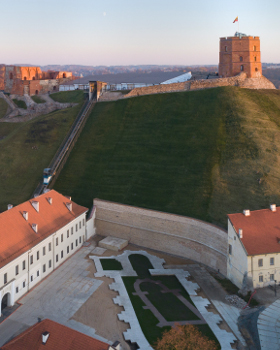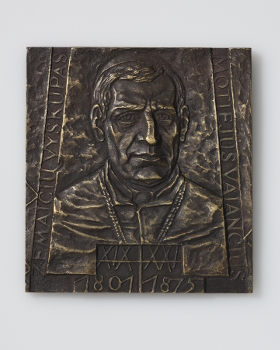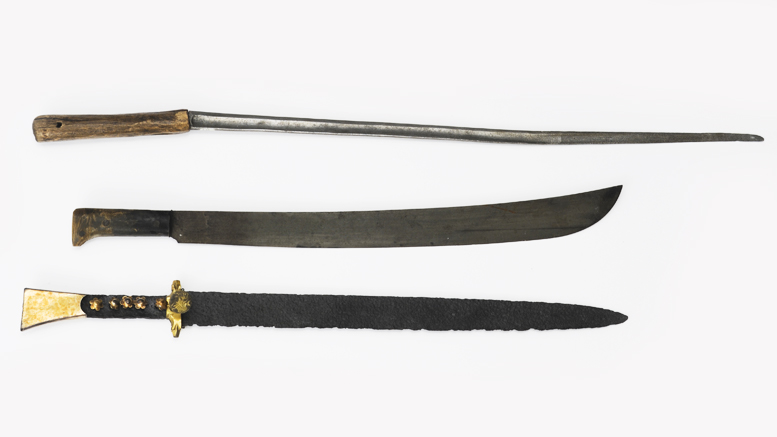Historical items
The collection includes metal, ceramic, glass and precious stone artefacts produced by European and Lithuanian masters, as well as various household items, furniture, military and hunting weapons. This group of exhibits represents the history of local industry and consumer culture. The collection also contains personal belongings of political, public, cultural and artistic figures of the Lithuanian state, signatories to the Acts of Independence of February 16th and March 11th, victims of 13 January 1991 and the Medininkai border point. Works of applied art, household utensils, and examples of industrial production are also accumulated. At the end of 2013 the collection was supplemented by an array of Lithuanian souvenirs commemorating Lithuania’s Presidency of the Council of the European Union.
The weapons group includes blank weapons and firearms, protective arms and ammunition, and represents weapons and hunting gear of Lithuania and other countries from the 16th to the 20th centuries. 16th–17th century swords of Vilnius executioners found in the dungeons of the Town Hall a long time ago bear witness to the history of the city of Vilnius and the criminal law of Lithuania. A dagger supposedly given to the King of Poland and Grand Duke of Lithuania Jan Sobieski by the Byzantine Patriarch after the Battle of Vienna in 1683 belongs to the legendary exhibits inherited from the Museum of Antiquities. Weapons from the 19th century uprisings and the guerrilla war against the Soviet occupation testify to the country’s turbulent history and the struggle for freedom.
The furniture collection mainly contains pieces of furniture from the 19th – first half of the 20th century used in Lithuanian towns and manors. There are some individual examples of furniture from earlier periods: the safe of the Vilnius Magistracy made circa 1700, and an armoire from the office of the Chief Tribunal dating to the first half of the 18th century – a magnificent piece of Baroque furniture decorated with wooden inlays and the allegoric figures of Justice and Faith.
 Back
Back 













